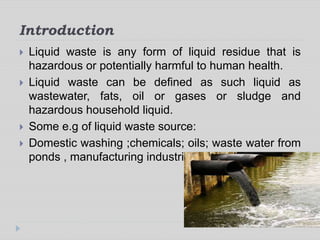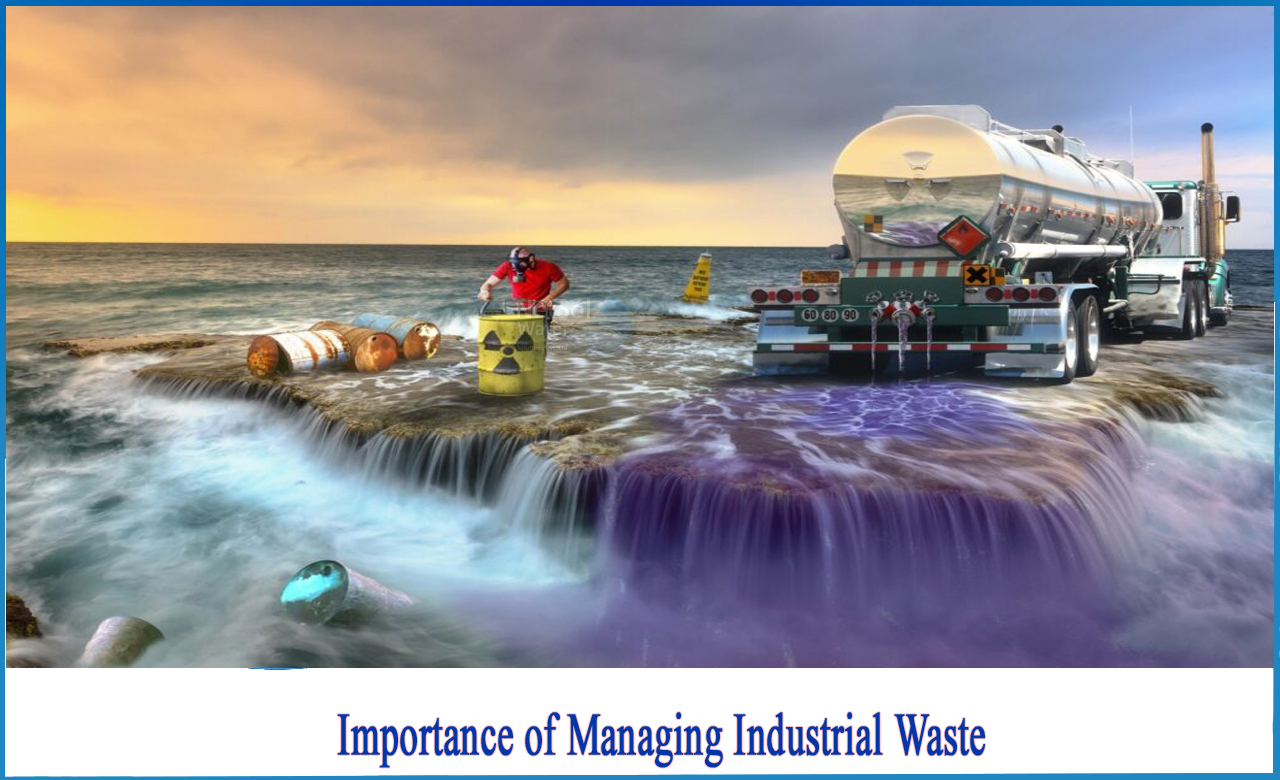About Reclaim Waste
About Reclaim Waste
Blog Article
The Of Reclaim Waste
Table of ContentsThe Best Guide To Reclaim WasteSome Known Factual Statements About Reclaim Waste A Biased View of Reclaim WasteThe Of Reclaim WasteOur Reclaim Waste Diaries
Discover the types, incidents, and types of fluid waste. Residential sewer waste describes the waste and items from a property sewage-disposal tank. This type of waste is developed by people in homes, colleges, and other structures. This only consists of sewage-disposal tanks that have a drainpipe area. The proper management and disposal of residential sewer waste require liquid waste to be moved to a sewage therapy plant where the appropriate methods and devices are put on purify and take care of waste.
Commercial waste often includes possible risks, such as combustible materials or a mix of liquid and solid waste items, and needs an extra sophisticated and in-depth disposal procedure. The disposal of commercial waste usually entails the purification of waste before transport to make certain safe and proper disposal. Industrial waste is produced from byproducts and drainage of industrial procedures and manufacturing.
This sort of waste can not make use of the same sewage monitoring transport or procedures as septic or business fluids. The commercial waste monitoring procedure requires the assessment and screening of fluid waste prior to it undertakes the disposal process (liquid waste removal). Drainage waste is the fluid waste that comes from runoff and excess stormwater in highly booming areas or cities
Overflow waste can trigger contamination and flooding if not handled appropriately. Discover more regarding drain cleansing and waste administration. Making certain proper waste management can avoid catastrophes and decrease environmental injury. Both individuals in property setups and experts in commercial or manufacturing industries can gain from recognizing the procedures and laws of fluid waste monitoring.
The 2-Minute Rule for Reclaim Waste
Get in touch with PROS Providers today to discover our waste monitoring and disposal services and the appropriate ways to take care of the fluid waste you generate.
(https://reclaimwaste1.blog.ss-blog.jp/2024-11-12?1731425991)Do you know what takes place to your water when you disengage, flush the commode or drain pipes the cleaning machine? No? Well, it deserves recognizing. This so-called 'wastewater' is not only a crucial source but, after treatment, will be released to our land, rivers or the sea. Utilized water from bathrooms, showers, bathrooms, kitchen sinks, washings and industrial processes is referred to as wastewater.

water used to cool machinery or tidy plant and devices). Stormwater, a type of wastewater, is overflow that moves from agricultural and urban locations such as roof coverings, parks, yards, roadways, paths and gutters into stormwater drains pipes, after rainfall. Stormwater moves unattended straight to regional creeks or rivers, eventually reaching the ocean.
See This Report about Reclaim Waste
In Queensland, many wastewater is dealt with at sewage treatment plants. Wastewater is transferred from domestic or commercial sites via a system of sewage systems and pump stations, recognized as sewerage reticulation, to a sewer therapy plant.
The Division of Natural Resources recommends city governments regarding managing, operating and maintaining sewerage systems and therapy plants. In unsewered locations, neighborhood governments may call for owners to mount specific or house sewage therapy systems to treat residential wastewater from bathrooms, kitchen areas, shower rooms and laundries. The Division of Natural Resources authorises making use of house systems when they are shown to be effective.
Many stormwater gets no treatment. In some brand-new communities, treatment of some stormwater to remove clutter, sand and gravel has actually started making use of gross pollutant catches. Wastewater treatment takes place in 4 stages: Removes solid matter. Bigger solids, such as plastics and other things incorrectly discharged to sewage systems, are gotten rid of when wastewater is travelled through displays.
Uses small living organisms recognizes as micro-organisms to break down and get rid of continuing to be liquified wastes and great particles. Micro-organisms and wastes are incorporated in the sludge.
Little Known Facts About Reclaim Waste.
Nutrient elimination is not available at all sewage treatment plants because it requires costly specialized tools. Clear fluid effluent produced after therapy might still contain disease-causing micro-organisms - liquid waste removal.

A lot of wastewater moves into the sewage system. Under the Act, neighborhood governments carry out authorizations and licences for eco pertinent activities (Ages) entailing wastewater launches that may have a neighborhood influence.
Getting The Reclaim Waste To Work
Or else, examples are taken for laboratory analysis. Commonly many tests are needed to develop the degrees of each of the different contaminants such as oils, heavy metals and chemicals in water. Monitoring supplies valid info about water quality and can confirm that permit conditions are being met. The information gotten via surveillance offers the basis for making water quality decisions.
Report this page